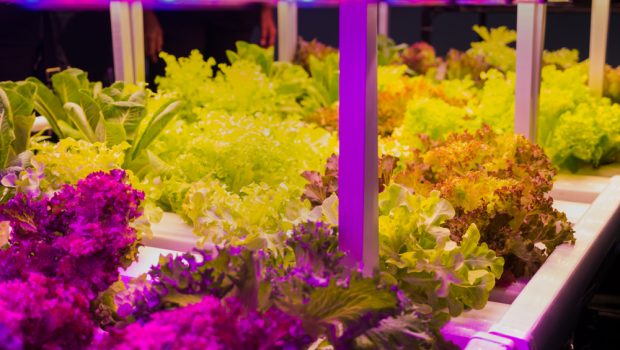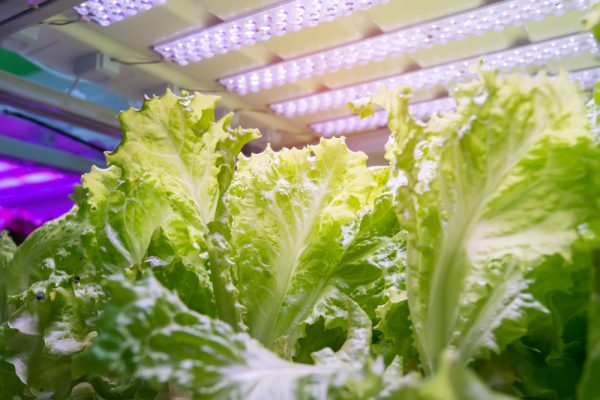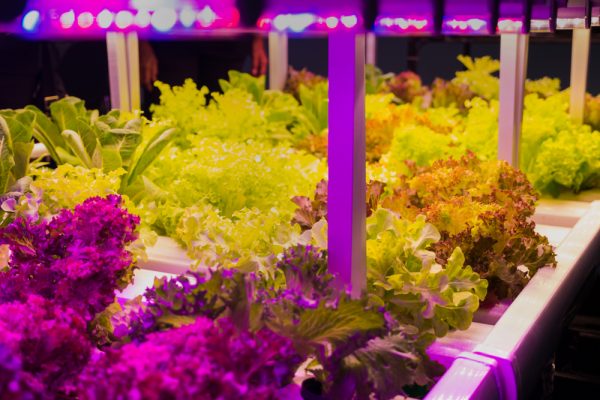Why a Timer Is Important for Your LED Grow Lights
Grow light timers serve as a regulator for your grow light’s power source. A timer sets the light exposure of your plants in specific hours every day. In short, using timers allow your LED grow lights to rest so that they will last longer.
Many LED grow lights don’t come with timers. It makes sense, therefore, to add a reliable timer if you’re planning to spend money on a grow light setup. Using timers will bring a lot of benefits to both your plants and your setup. Learn more about the importance of a timer for LED grow lights by continuing to read below.
A Timer Provides Accurate Information about Your LED Grow Lights
Timers for LED grow lights make a valuable investment as a timer displays accurate information about the number of hours your lights are being used. Because most LED grow lights are designed to use a significant amount of wattage, a timer enables you to regulate the number of hours you can use it in a day. When buying a timer, determine the length of time you’ll be able to use it without incurring damage. Look for a timer that won’t easily get damaged when transferred from one precision to another.
A timer can also help you set your LED grow lights automatically. Many LED grow light models can turn a timer on and off automatically, so you don’t have to get stressed remembering that your were not able to turn it off after leaving the house. Because LED grow lights have varying settings available for timers, you’ll be able to set it up so it will turn the machine on during certain hours of the day.
A Timer Helps Your Grow Lights Provide the Right Amount of Light Plan Needs
You’ll find set-and-forget LED grow light timers with more than two outlets. Also, multiple settings allow you to get the exact amount of light and dark hours that your plants need if you’re setting up an indoor garden. In most brands, you can choose whether to set the timer for just a few minutes or for more extended hours.
A timer allows you to select your scheduled day setting or choose the preset. Find a timer that can also be easily switched from standard hours to daylight savings. Providing the right amount of light to your plants is now made a lot easier with digital or automatic operations.
Here are some of the benefits when using a timer to provide the exact amount of light to your plants:
- Eliminate manual operations of traditional timers. Set the hours up in your timer, and it’ll work automatically.
- A digital timer can be set to manage the light and dark hours of your plants while you’re on a grand vacation so they’ll continue to receive the proper lighting for them to grow healthily. It’s also an excellent way to make your house not look empty at all to deter bad elements while the property is empty.
- A good LED grow light timer works on any indoor location from a small space to a greenhouse. You’ll find different sizes, features, and models of grow light timers online that you can choose from.
A Timer Makes Your Grow Light Setup More Efficient
Grow light timers help regulate the artificial sunlight exposure for your indoor plants efficiently. You don’t have to stay at home or in the greenhouse all day to take good care of your indoor plants. By using a high-quality timer, you can do other things and still take good care of your plants.
The two types of timers are mechanical and digital timers, and each has its own advantages and disadvantages. This is why it’s important to know what is best for your grow practices before buying one. Get the most out of your money by choosing one you’re most comfortable working with.
Here are the details:
- Digital Timers: You can set or turn on and off a digital timer automatically at certain hours of the day and even at night. While digital timers are quite complicated to program, they are more accurate as compared to mechanical timers. They provide more efficient monitoring and management of your grow lights.
- Mechanical Timers: If you want a timer that is easy to use and set up, a mechanical timer is a good option. When using a mechanical timer, simply turn the dials up until you reach the number of hours you want your grow lights to work. Pin-operated mechanical timers work like dial-operated timers. That is, you need to use a pin when turning the knobs in the machine.
A Timer Lengthens the Life of Your Grow Lights
By giving your grow lights a chance to rest, you can prolong or preserve the life span of your grow lights. You’ll save money on repairs, too. Because of the usefulness of LED grow timers, you’ll make your grow set up more energy-efficient. That is even if natural sunlight is not that much to work with. Get the most out of your LED grow light timer by choosing the right one for you.
Here are the best features you have to consider when choosing a timer for your LED grow lights to ensure you’re getting a high-quality, durable, and reliable timer:
- Two grounded outlets for easy set up
- Easy-to-understand interface
- Easy-to-program digital timer
- Easy to convert from normal to daylight savings
- Can manually override automatic features
- Random timer settings
- Seller or manufacturer offers some form of warranty
A Timer Makes Your Makes Your Plants More Attractive
Plants that receive the right amount of light will grow healthy and more attractive. For vegetable seedlings to grow properly, they require at least 16 hours of sunlight. If you will use LED grow lights, set up the timer within the 16 hours. Do it after sunrise. After 16 hours, your LED grow lights will automatically shut off.
If you want a good yield every time, invest in a brand that won’t easily break down or get damaged under pressure so you can use the timer for many years to come. Choosing a trusted brand will save you money, time, and effort taking it to the manufacturer or a repair shop anytime soon.
Conclusion
Gone are the days when you have to babysit your indoor plants by being with them most of the time. Your plants can grow well even if you have a full-time job. Using an LED grow light timer will make your life a lot easier because you just need to set the number of light hours your plant needs and you’re good to go.


















